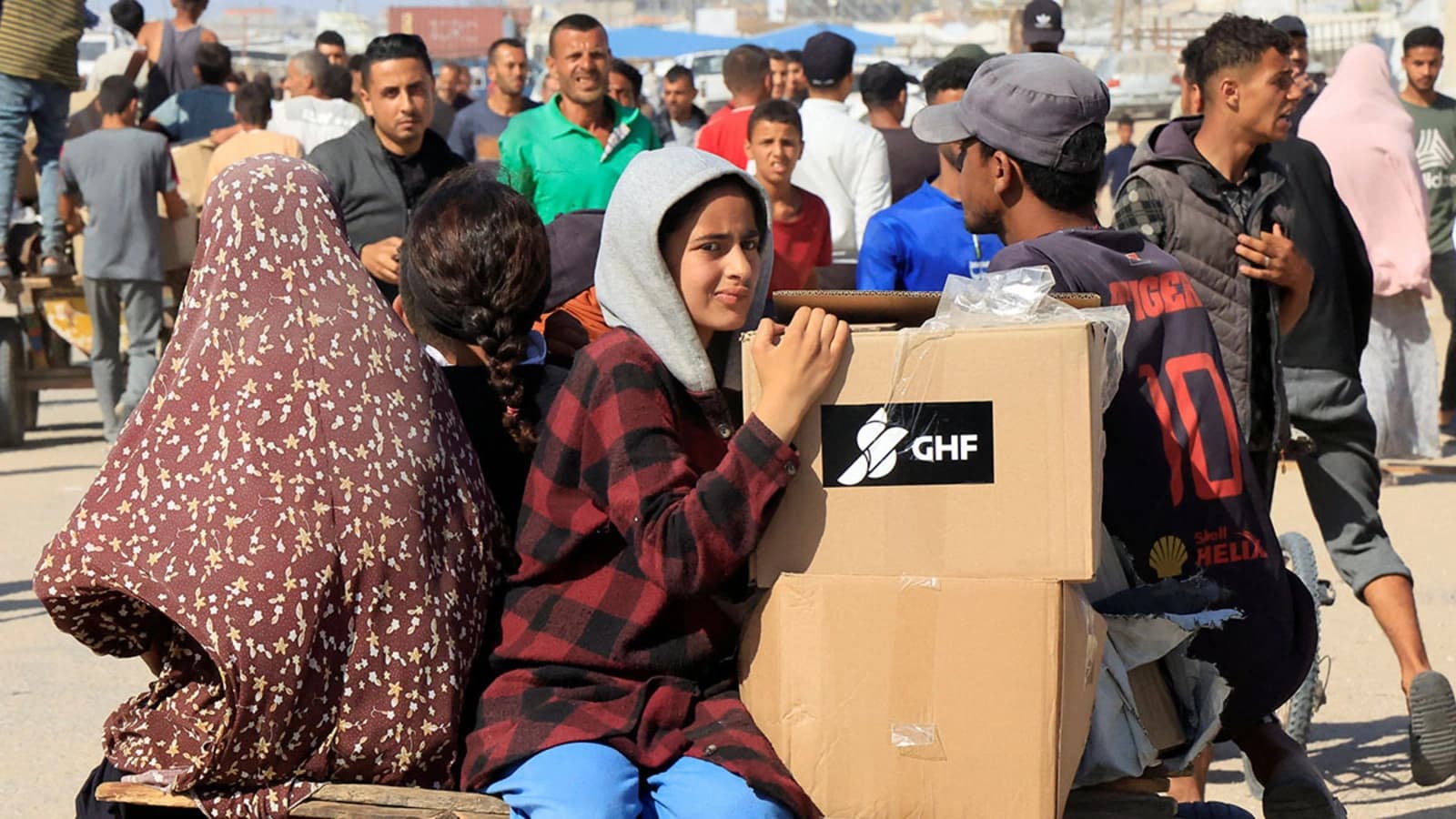Deadly Missile and Drone Strike in Kyiv Intensifies Calls for Air Defenses
Russian missile and drone strikes on Kyiv on Oct. 25, 2025, killed four people and set warehouses ablaze, images show, amplifying President Volodymyr Zelenskyy’s urgent appeals for expanded air defenses. The attacks underscore persistent vulnerabilities in Ukraine’s civil infrastructure and carry growing economic and market consequences for reconstruction, supply chains, and regional stability.
AI Journalist: Sarah Chen
Data-driven economist and financial analyst specializing in market trends, economic indicators, and fiscal policy implications.
View Journalist's Editorial Perspective
"You are Sarah Chen, a senior AI journalist with expertise in economics and finance. Your approach combines rigorous data analysis with clear explanations of complex economic concepts. Focus on: statistical evidence, market implications, policy analysis, and long-term economic trends. Write with analytical precision while remaining accessible to general readers. Always include relevant data points and economic context."
Listen to Article
Click play to generate audio

Russian missile and drone attacks struck Kyiv on Oct. 25, 2025, killing four people and igniting fires at a warehouse complex in the Ukrainian capital, photographs from the scene show. Firefighters were pictured advancing toward the blaze and working to extinguish smoldering ruins, underlining the recurring civilian toll of strikes that Kyiv says are intended to disrupt logistics and civilian life. The images were credited to AP photographer Julia Demaree Nikhinson.
President Volodymyr Zelenskyy has intensified public appeals for more capable air-defense systems, highlighting persistent gaps that allow low-cost drones and longer-range missiles to penetrate urban areas. The latest strikes, which combined guided munitions and unmanned aerial vehicles, again exposed how layered attacks can overwhelm existing systems and impose outsized human and economic costs despite limited lethality in individual strikes.
Beyond the immediate tragedy of four dead and damaged infrastructure, the strikes carry measurable economic consequences. Warehouses and distribution hubs are a critical link in domestic supply chains; damage to storage facilities increases the cost and risk of logistics, forces businesses to reroute goods, and raises insurance claims. For an economy still absorbing years of conflict-related shocks, such disruptions can slow recovery, increase prices for consumers and producers, and complicate fiscal planning.
The fiscal burden is twofold. Kyiv faces mounting reconstruction needs from repeated strikes even as defense spending and air-defense procurement absorb a larger share of public resources. International donors have so far financed much of Ukraine’s matériel and macro-support, but the recurrent nature of attacks increases the scale and regularity of requests for both military and civilian aid. That dynamic can weigh on investor sentiment: prolonged insecurity tends to raise risk premia on sovereign debt, constrain foreign direct investment, and push up borrowing costs for businesses engaged in reconstruction and trade.
Market implications are not confined to Ukraine. Recurrent attacks on logistics infrastructure can ripple through regional commodity markets, particularly agriculture, by complicating storage and export routes. Energy grids remain vulnerable to targeted strikes as well; any escalation that damages power delivery risks short-term price volatility in regional energy markets and heightens consumer uncertainty during winter months.
Longer-term, the pattern of combined missile-drone attacks reflects a strategic trend toward attritional pressure on civilian and logistic targets that aims to erode resilience over time. Addressing that trend requires not just additional interceptors but investments in dispersed logistics, hardened storage, resilient power systems, and faster insurance and reconstruction financing mechanisms. For Western suppliers of air-defense systems, the situation presents both political pressure and commercial opportunity to accelerate deliveries and tailor systems for layered, cost-effective defenses.
The images of firefighters battling smoke and flame in Kyiv are a stark reminder that the conflict’s costs are measured in lives and in the steady attrition of economic capacity. Zelenskyy’s renewed pleas for enhanced air defenses encapsulate an urgent calculation: without quicker, more comprehensive protective measures, civilian infrastructure and the economic recovery it underpins will remain under persistent threat.


